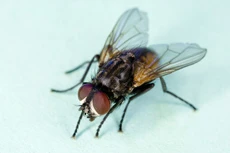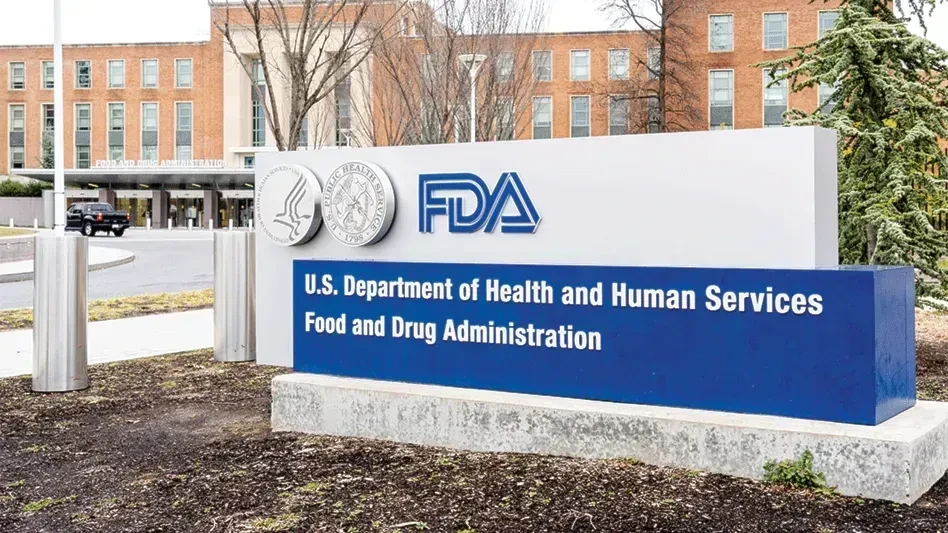
With the passage of the final rules of the Food Safety Modernization Act (FSMA), data collection, written documentation, and quick and easy access to both have become more important than ever before. The Preventive Controls (PC) requirement for a written Food Safety Plan is a key example of this, and it is the requirement which is most applicable to a food facility's pest management program.
This is because pest control is one of the sanitary operational practices of the Good Manufacturing Practices (GMPs). Previously published as FDA guidance, the GMPs are now included in FSMA, making them regulatory requirements instead of "nonbinding recommendations."
"Pest control is a preventive control because pests are a known or reasonably foreseeable food safety hazard at the facility," said Copesan President Deni Naumann.
So, although FSMA did not add new requirements for pest control practices, it made the GMP practices into law, including the general requirement that: “Pests must not be allowed in any area of a food plant” as well as the more actionable statement that: “Effective measures must be taken to exclude pests from the manufacturing, processing, packing, and holding areas and to protect against the contamination of food on the premises by pests.”
Additionally, what the FSMA PC rule did add is the requirement to have a written Food Safety Plan, of which pest control needs to be a part. So, while documentation has always been an important aspect of a thorough pest management program, it is now not only required by law, it needs to be readily available for an FDA inspector's review.
It is also important for the food facility to understand that, although it will likely be the pest control technician who is documenting the service that fulfills these requirements, it is, by regulation, the plant manager who is responsible for compliance, and who will be held accountable. This is of particular concern if insects or rodents get into the plant because a recommendation that is made (and documented) by the service technician is not followed; an observation is documented in the pest sightings logbook, but "effective measures" are not taken to correct the problem; or corrective action is taken but is not documented. For any of the above, a review of documentation by an inspector or auditor will show that a problem existed, and may still exist, that has not been corrected.
Data Collection Is a Preventive Control
With the food industry's focus on prevention instead of reaction, today's data collection technologies can provide valuable tools to aid the pest control technician and plant management in their IPM efforts. Electronic data collection can signal the signs of a potential pest problem before it arises, enabling proactive action.
For example, by using an electronic service report, the pest management professional can record all the data of each inspection and service – treatments made, trap inspections and catches, if and where pests were found, conditions enabling pest entry or survival, etc. While this can, of course, also be done with paper reports, an electronic system enables tracking and trending of this data, to provide early warning of the risk of pest hazards or changing conditions fitting into FSMA's requirement for Hazard Analysis and Risk-Based Preventive Controls. (The use of data for tracking and trending is further discussed in "Putting It All Together.")
Electronic reporting also enables consolidation of information into a single site. Not only do these apps and software provide the ability to easily track and trend, they simply make it easier to do business and communicate. For example, the pest control technician can take a photo of evidence of pest infestation, a gap that needs sealed, or a door left open, and imbed it directly into the service report to show the exact condition and location. With some technologies, the age-old system of a logbook binder can be completely replaced, with all documents incorporated in digital format that is accessible on a computer, tablet and/or smartphone. Not only does the technician document service within the app, providing an electronic record, but facility and pest-equipment maps, pesticide SDSs and labels, and even pest sightings by plant personnel can all be recorded, retained, and retrieved electronically.
The Partnership
Such electronic communication vehicles enliven and enhance the partnership between the pest management professional and the food/beverage plant management that is so critical to IPM. "To prove that the IPM program is working as intended, plant management and the pest management service provider need to share a focus on pest prevention by communicating and addressing structural and sanitation conditions and promptly correcting employee pest-conducive behavior patterns," Naumann said. "And a critical way to do that is to document, then resolve the situation before a problem builds."
While prevention is the foundation of FSMA, on which all the successive rules are based on , this is really not a new concept. As discussed in "Today's Technological Technician," IPM is a strategy that focuses on long-term prevention through a combination of techniques and basic steps (inspection, identification, treatment). With techniques and treatment including everything from plant workers' closing of doors to the technician's strategic placement of traps, "it's everyone's responsibility to do his or her job well and reduce the risk of food contamination from pests," Naumann said.
Developing such a culture in which each person takes pest prevention to heart and fulfills his/her role is dependent on effective communication so each person knows what his/her role is and why it is important. "Effective communication from the PMP to the food plant, from food plant employees to their supervisors and to the PMP, and from the plant manager to all food plant employees is needed to reduce the risk of food contamination," Naumann said.
Today's documentation and data collection technologies provide pest management technicians with valuable tools for recording and tracking inspection findings and service, but they also add a critical communication component in the food or beverage plant's IPM program and preventive controls compliance.
Latest from Quality Assurance & Food Safety
- Multistate Salmonella Outbreak Linked to Sweet Cream Mini Pastries
- Dr. Emilio Esteban Leaves USDA for Mérieux NutriSciences
- USDA Confirms New Strain of Bird Flu in Nevada Dairy Cattle
- Tecnologico de Monterrey Develops Nutraceutical Corn to Address Global Food Crisis
- Eurofins Healthcare Assurance Launches GMP Certification Program for Dietary and Food Supplements
- Calbee America Launches California R&D Innovation Center
- PepsiCo Completes Acquisition of Siete Foods
- Non-GMO Project Launches Non-Ultraprocessed Foods Verification




